The Impact of Photography on Architecture
The impact of photography on architecture cannot be understated. Without photography or any other way to capture and transport architecture to other places, the only way for people to learn new things about architecture was through drawings, hearsay and traveling to the actual site of the building.
It doesn’t just end there, either. Photography doesn’t just serve to capture a building faithfully and transport its building to other cities and to other architects. It can also serve to accentuate, emphasize and embolden. It can focus on a specific aspect of the architecture and demonstrate what such architecture looks like under different conditions.
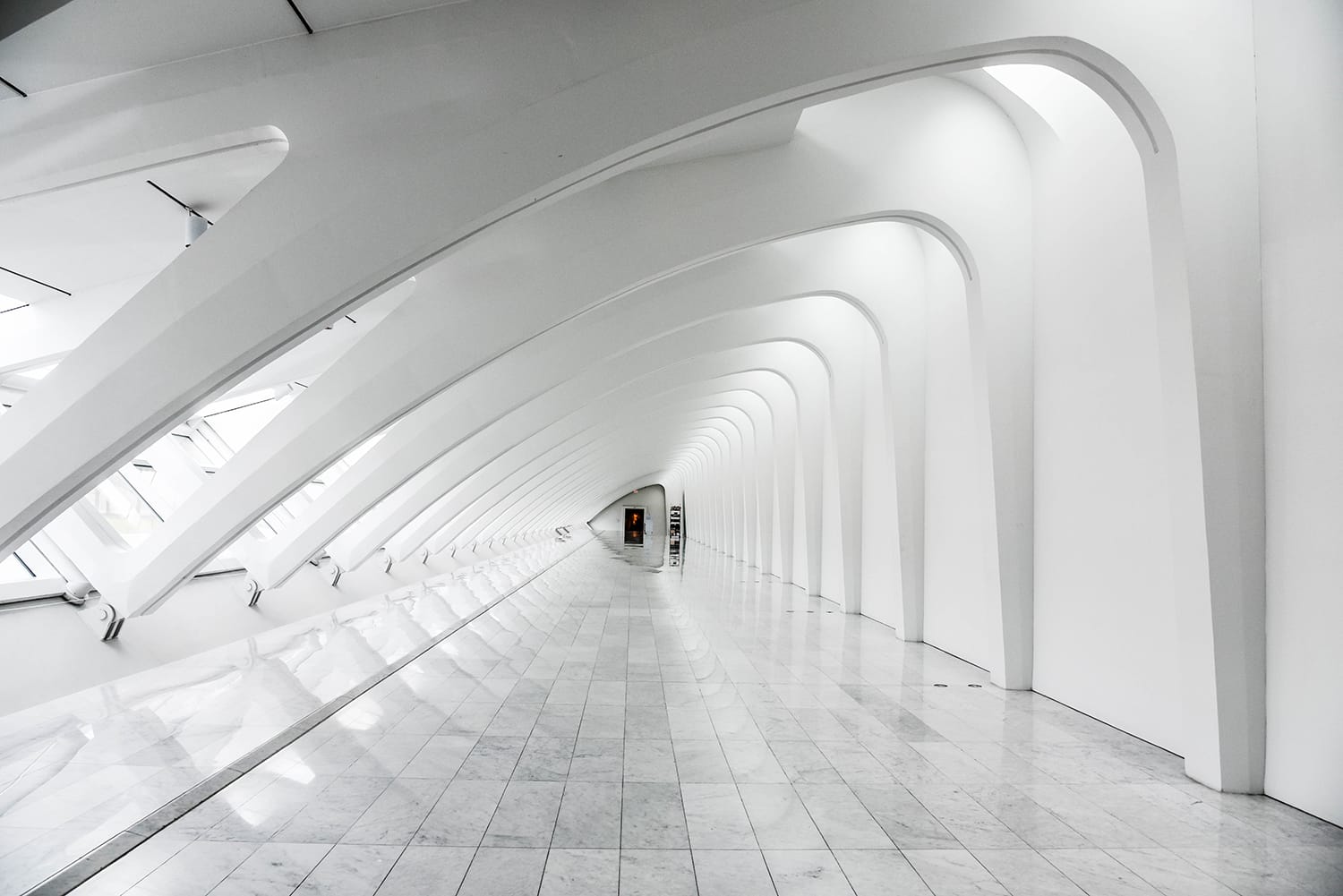
And then, of course, there’s the way that building that have been built a world apart can be placed next to each other and compared in ways that otherwise would not have been possible.
In this way, styles of architecture could travel the world and students who otherwise would have had to depend solely on the architecture of their own region, suddenly had access to building styles from anywhere where there had been a camera.
Repercussions
This had some very interesting repercussions, not least of which was that there was both a homogenization of architectural norms from around the world as different architects saw the same work, as well as an explosion of different ideas being brought together at the same time.
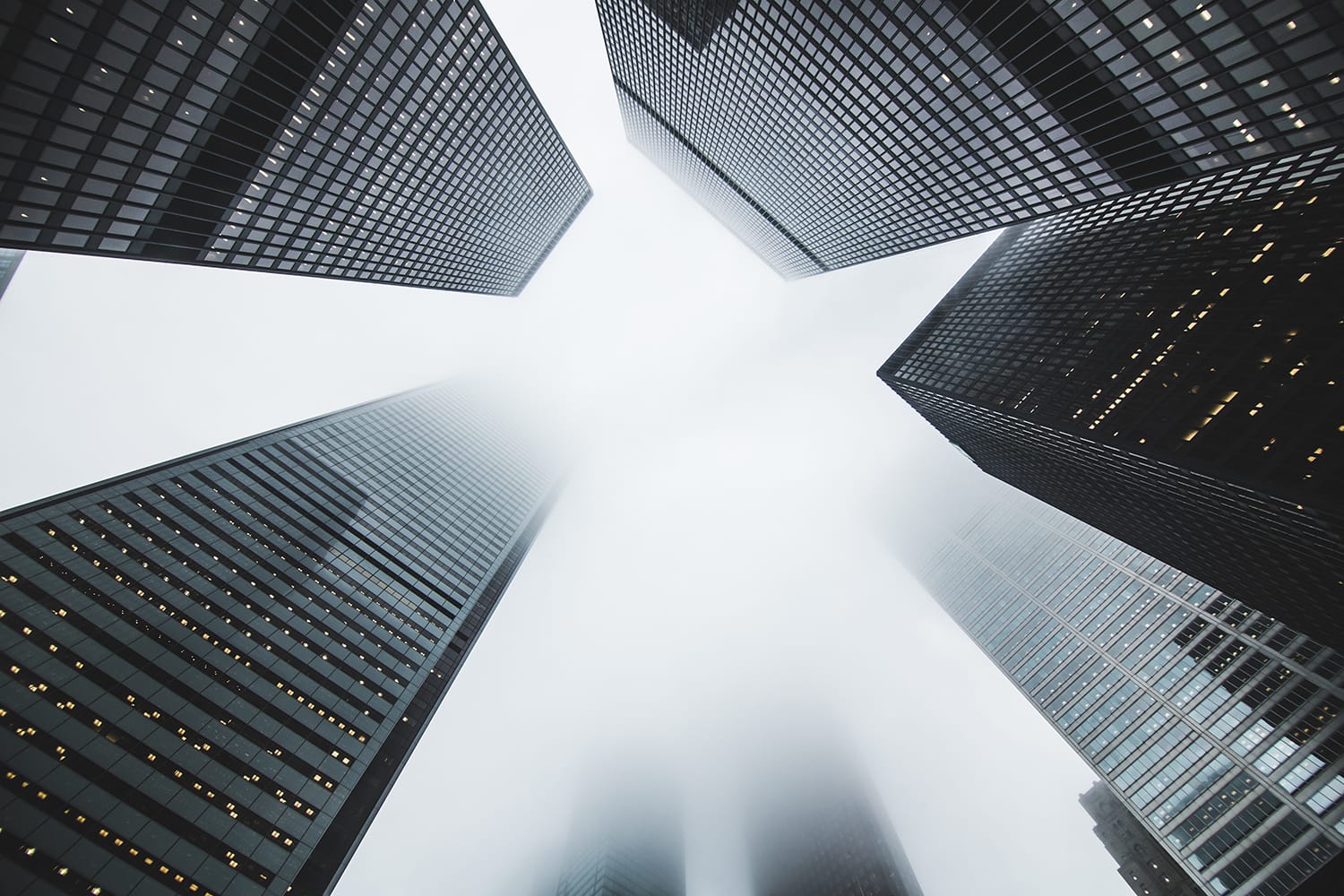
Suddenly it was possible for people from one culture to embrace, reflect over and comment on the building styles of other cultures. This meant they could accentuate what they wanted, even while embracing those aspects which worked well.
Of course, as this started happening, architecture itself was being affected. Suddenly buildings weren’t just being built to be seen, but also to be photographed. No longer was it just about building something which pleased the client, but about creating something that might reach around the world and excite people in far flung corners.
The capture of time
Another thing that photography allowed was to show buildings not just at their best, but also at any time after that as well. Suddenly, it was not just possible to view a building in the present, but also at other times throughout their history. And so, it become possible to track what happened to building as they were used, lived in, and aged.
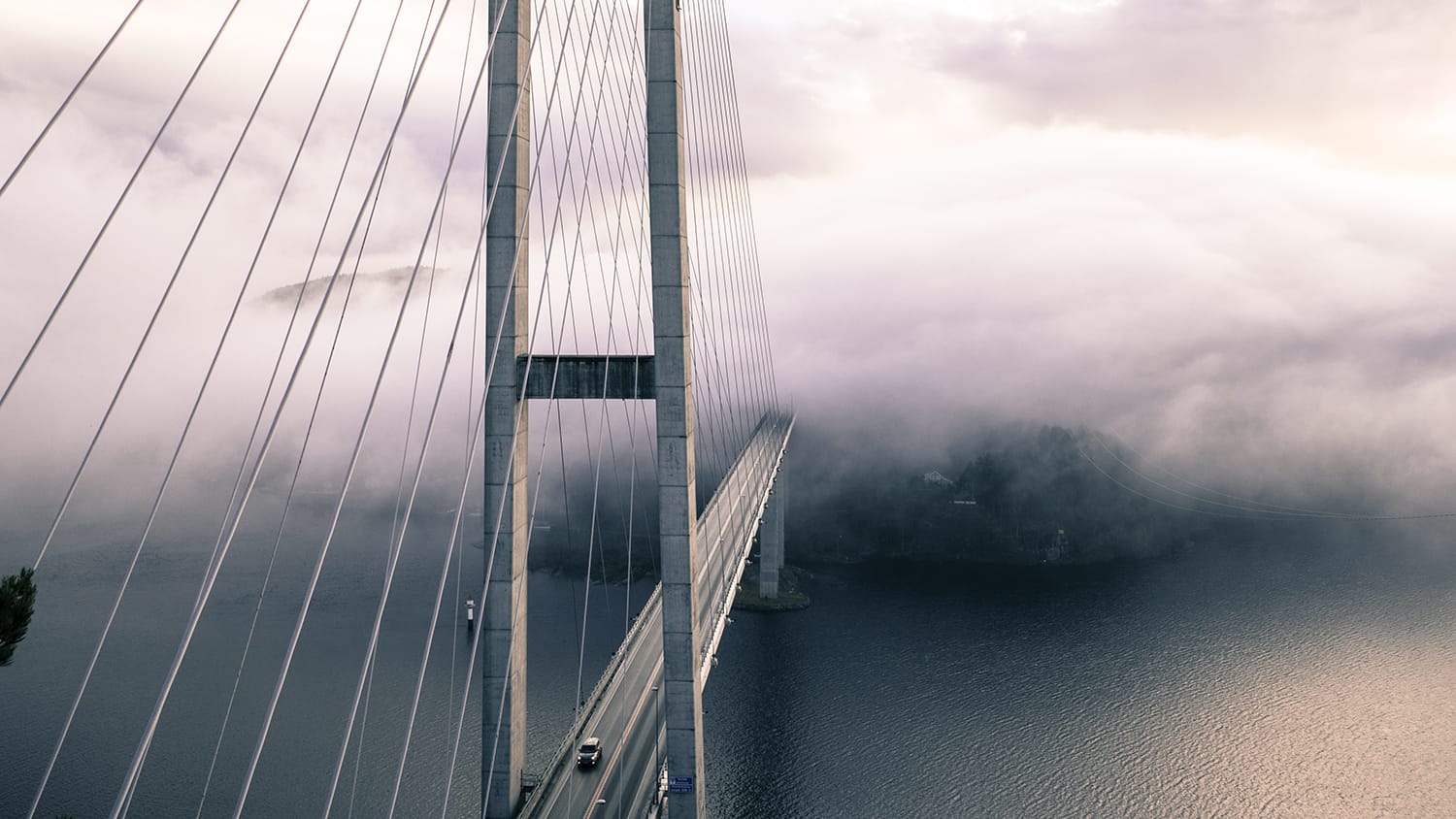
It even became possible to track the architecture of buildings as they were being torn down or after that had already happened. This meant that there was a far better possibility to establish the history of a place.
That, in turn, meant that suddenly people became far more conscious of what was going on. They could see what had been and what now was. This, in turn, meant that it became far easier to understand what had been lost – thereby creating a consciousness in the audience about the value of culture, history and what had been built before.
Construction
Another thing that photography allowed in terms of architecture was that it allowed not just the capture of buildings that were finished, but also how they were being built in the fist place. This allowed for the exploration of the whole process of a building. What went into it construction and who participated in what part.
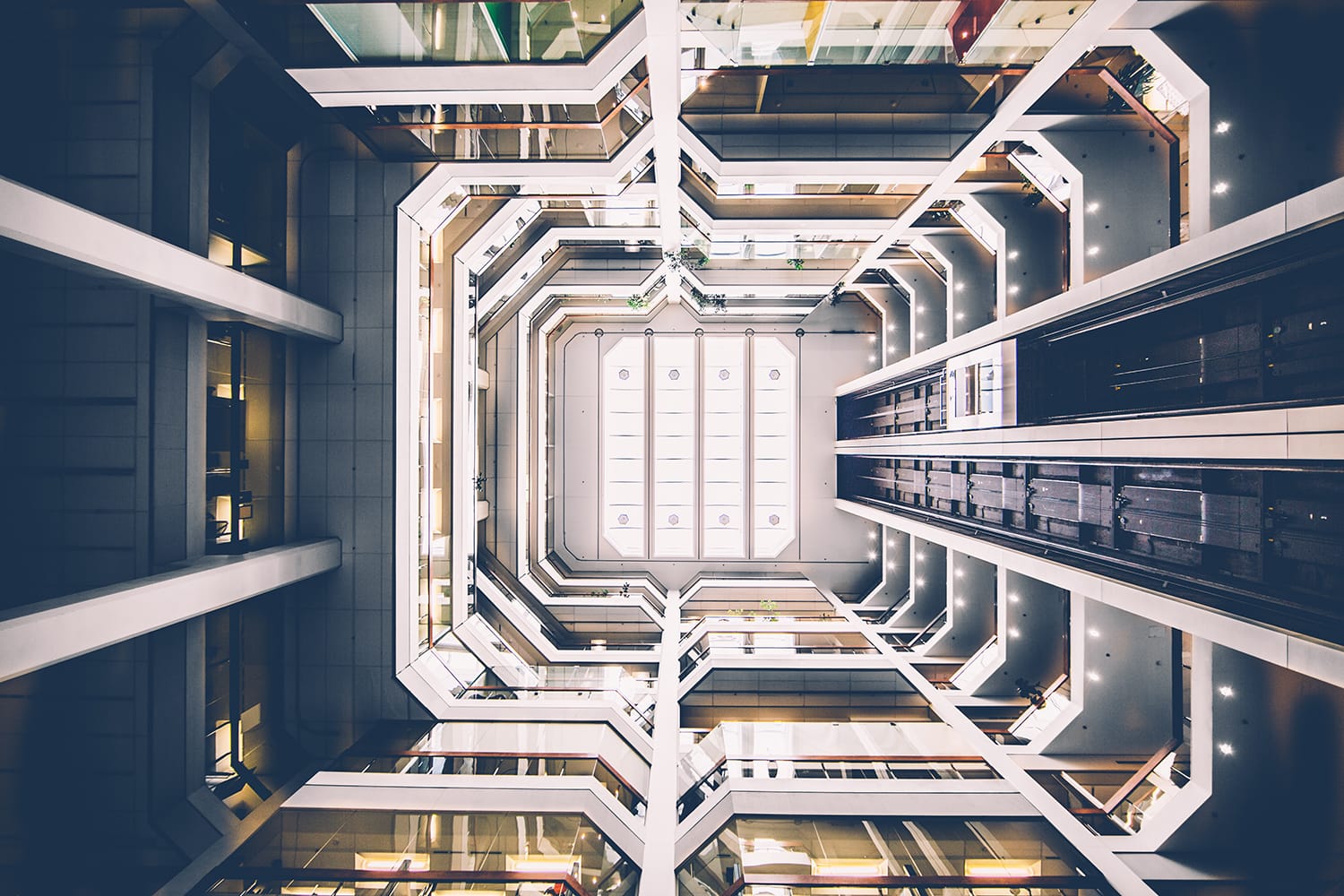
This created a human element, where the people who did the construction could be captured at the same time as the building they were constructing was. This juxtaposition of buildings, the materials that were used to build them, and the people who did the building allowed for yet another way for us to explore the humanity of such places.
As a commentary on progress
All this allowed people to become far more reflective about the world around them. What was beautiful? Was it the new high-rise steel contraption torn out of the ground and defying gravity, or was it the old dilapidated shopfront, abandoned and with the paint peeling?
What is a building? Is the thing that you see before you or the history that it embodies, the people who lived there, and the hands that built it? And what is more important, the people who used to live in a place or those who will live there in the future?
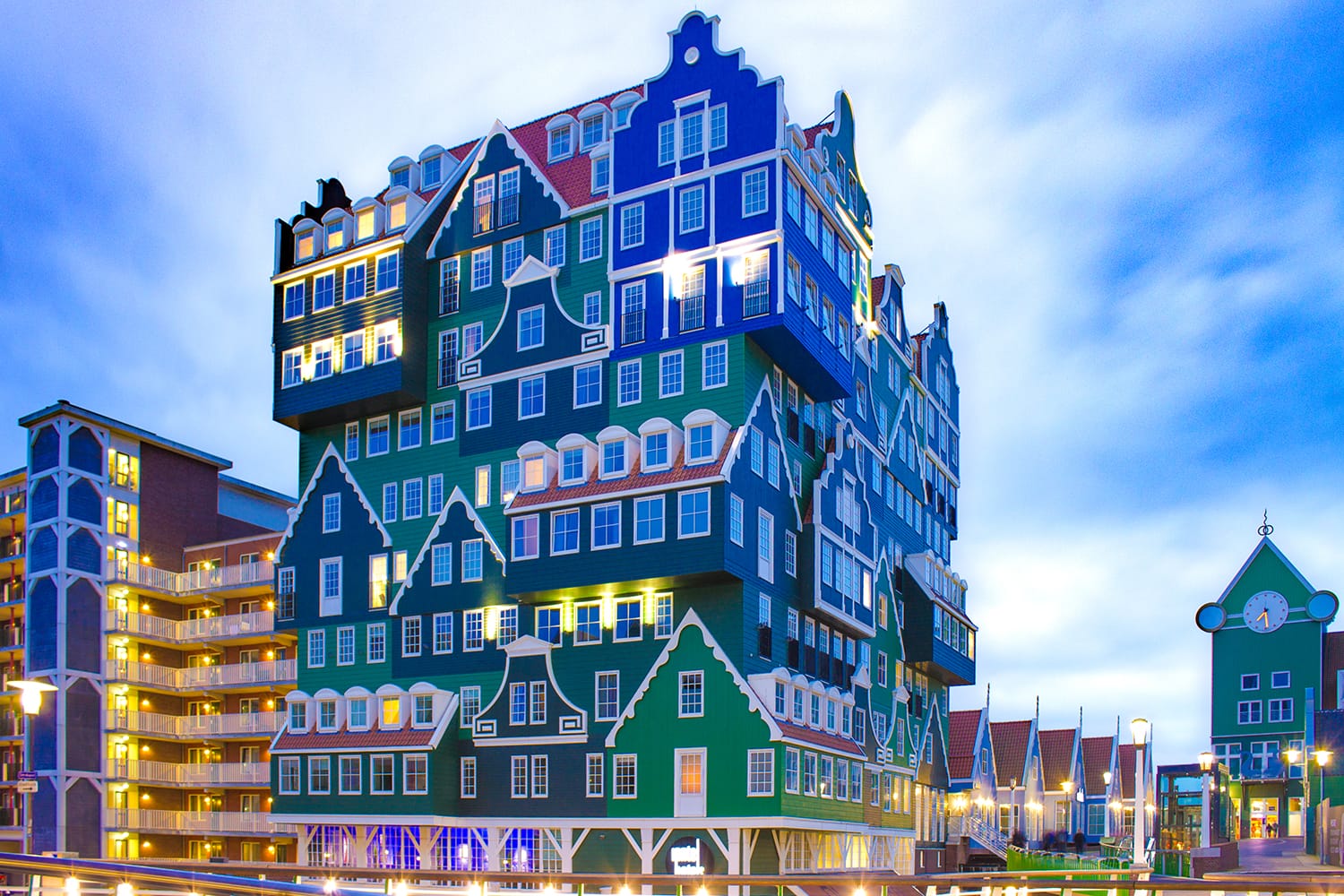
Of course, those aren’t really questions with ready made answers. Nor was that really the point. Often the beauty of art is in the asking of the question in the first place. The right questions can be more valuable than the answers they provide in that they set the audience to thinking about the consequences of their actions and the actions of the society they live in.
Buildings in abstract
Then there was the way that photography architecture allowed people to get at the real essence of things. Many might believe that a building is a building and not much more than that. But of course to the architect it is far more. Every well-designed building isn’t just a building, but all the history of the buildings that were built before, where ideas were tried and discoveries made.
Photography greatly accelerated that process, through the simple act of allowing students of buildings to compare and collect what they liked and what inspired them. It was suddenly possible to compare things across time and space and in that way, see the commonalities in success and failure that such different places exhibited.
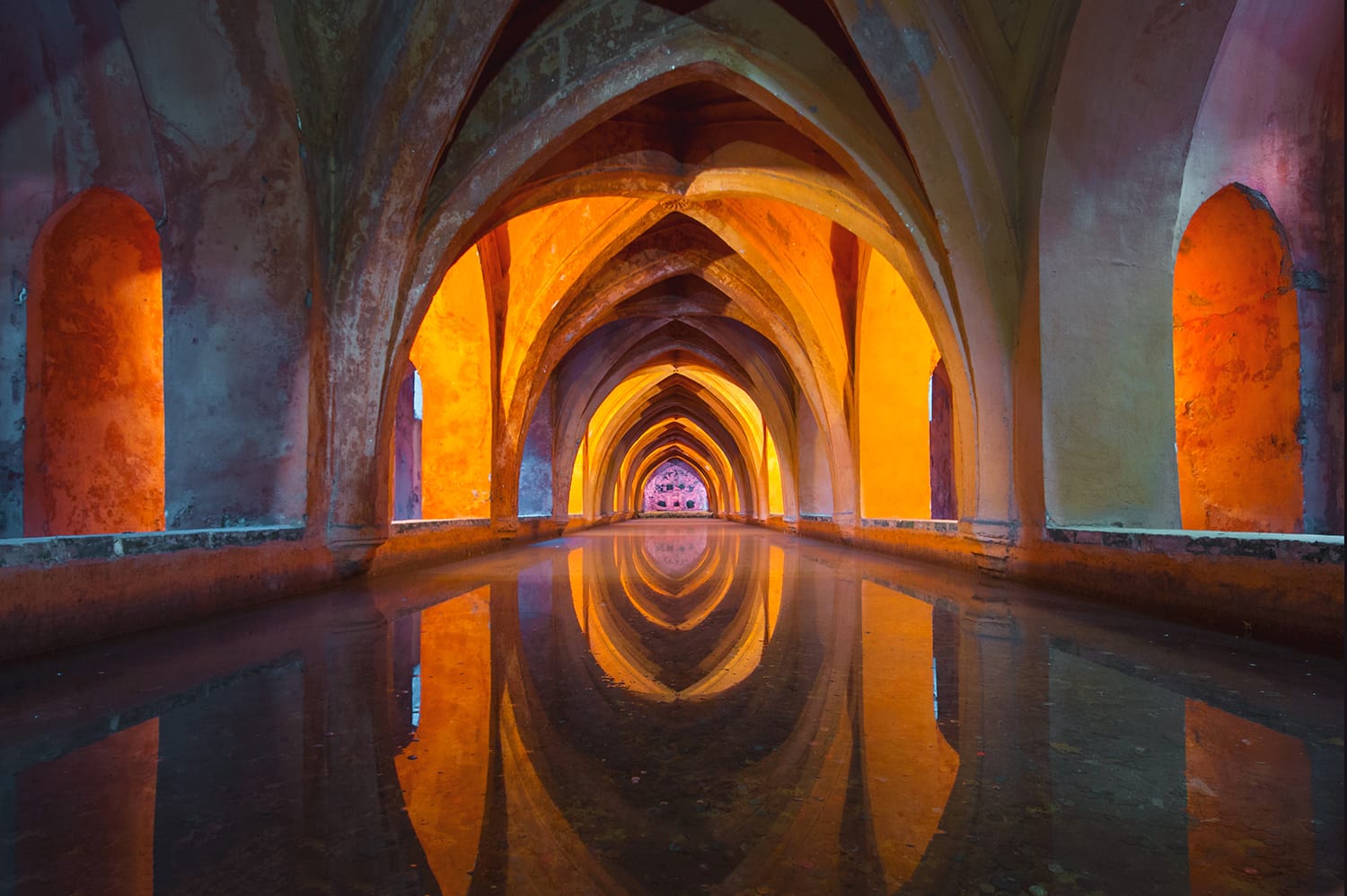
This meant you could select them based on common themes, be it based on how tall they were, the color scheme used or even whether they housed the top 10 translation companies.
Just as importantly, suddenly, such things as the golden ratio didn’t just have to be stamped into heads, for example, but could be demonstrated for the truth it was by allowing people to see it in action or not. In this way, it became possible to discover and analyze the underlying rules that governed what kinds of buildings worked and which did not.
In this way, it meant that there was an incredible rate of innovations and progress made possible through the simple capture of the photographic device.
The creation of more dimensions
In this way, you could go so far as to say that by capturing three dimensions on two, a great many more dimensions became possible to audiences and architects around the world. In this way, photography revolutionized architecture. It both created and homogenized the art of building beautiful buildings.
And that means that modern architecture owns a huge debt to the art form. It has been shaped and formed. In a way the two have become so crucially interlinked that they can hardly be imagined separately anymore. In some ways, and mainly for the better, photography has become the soul of architecture.
